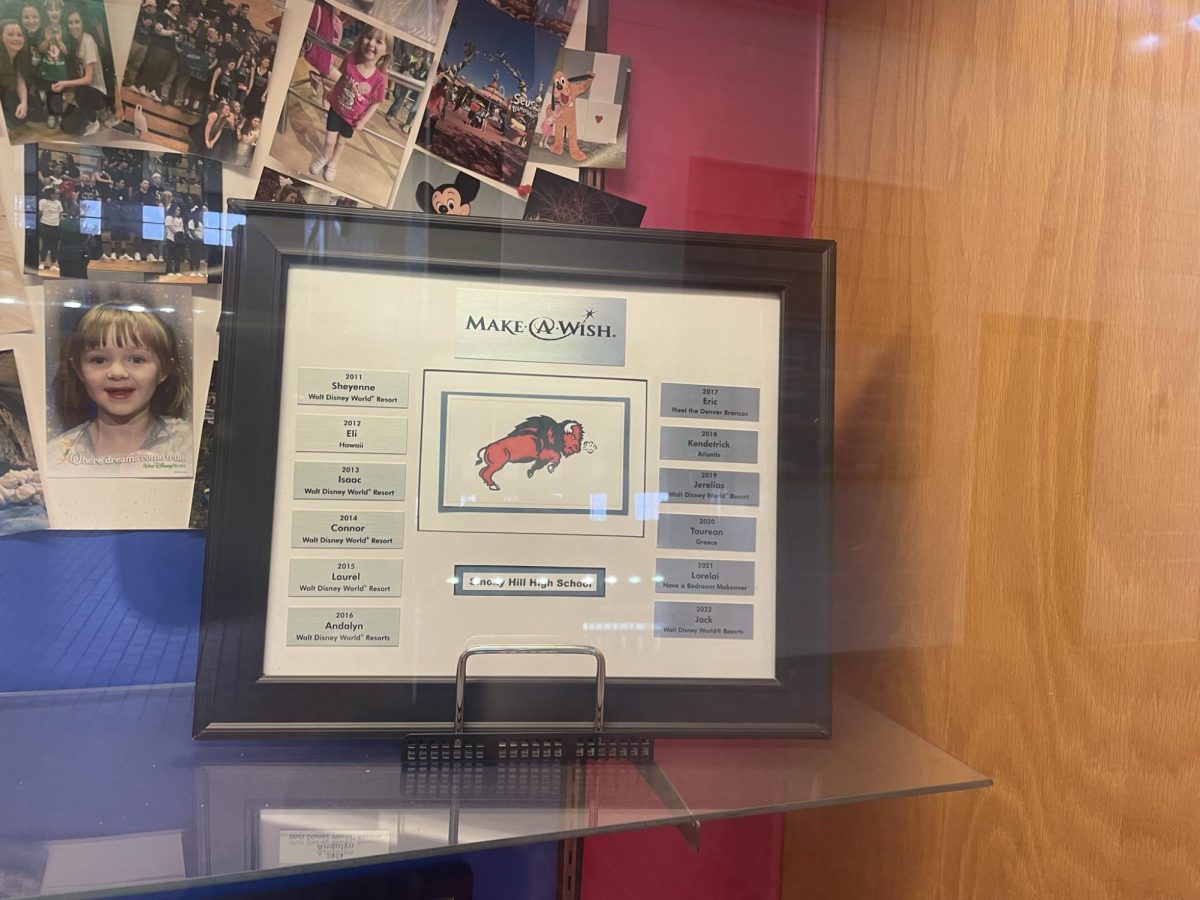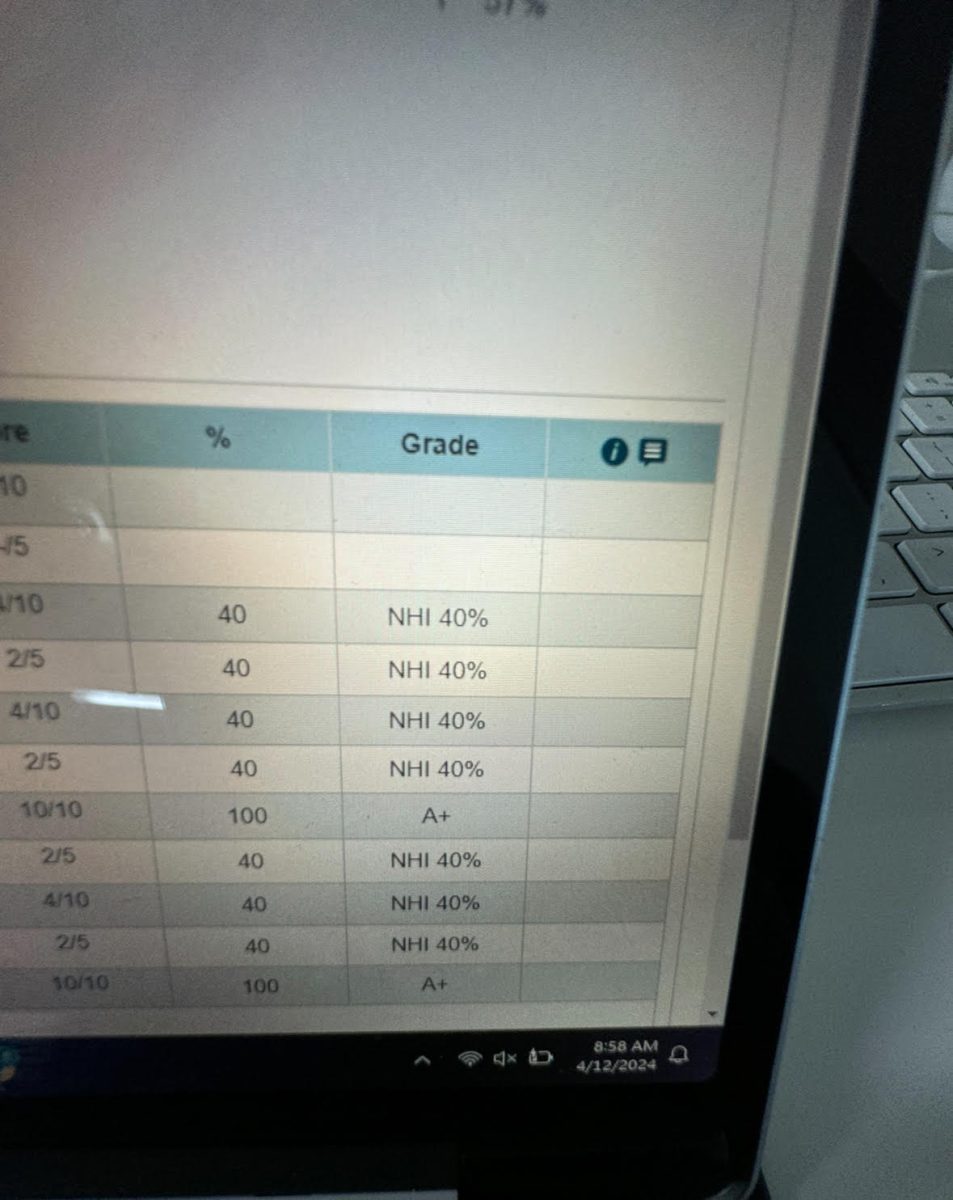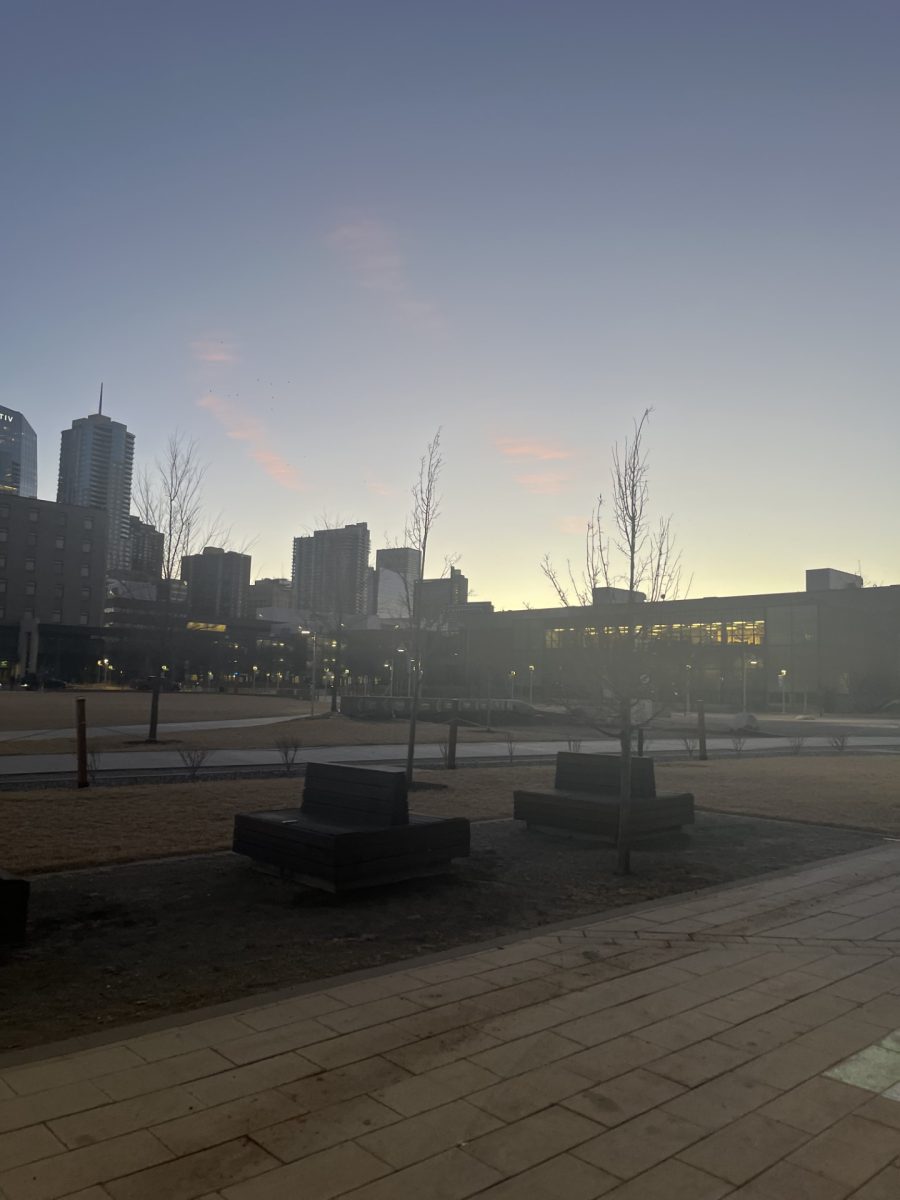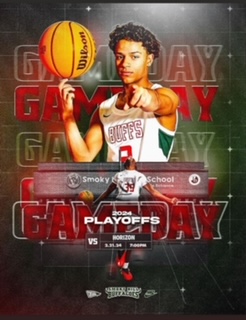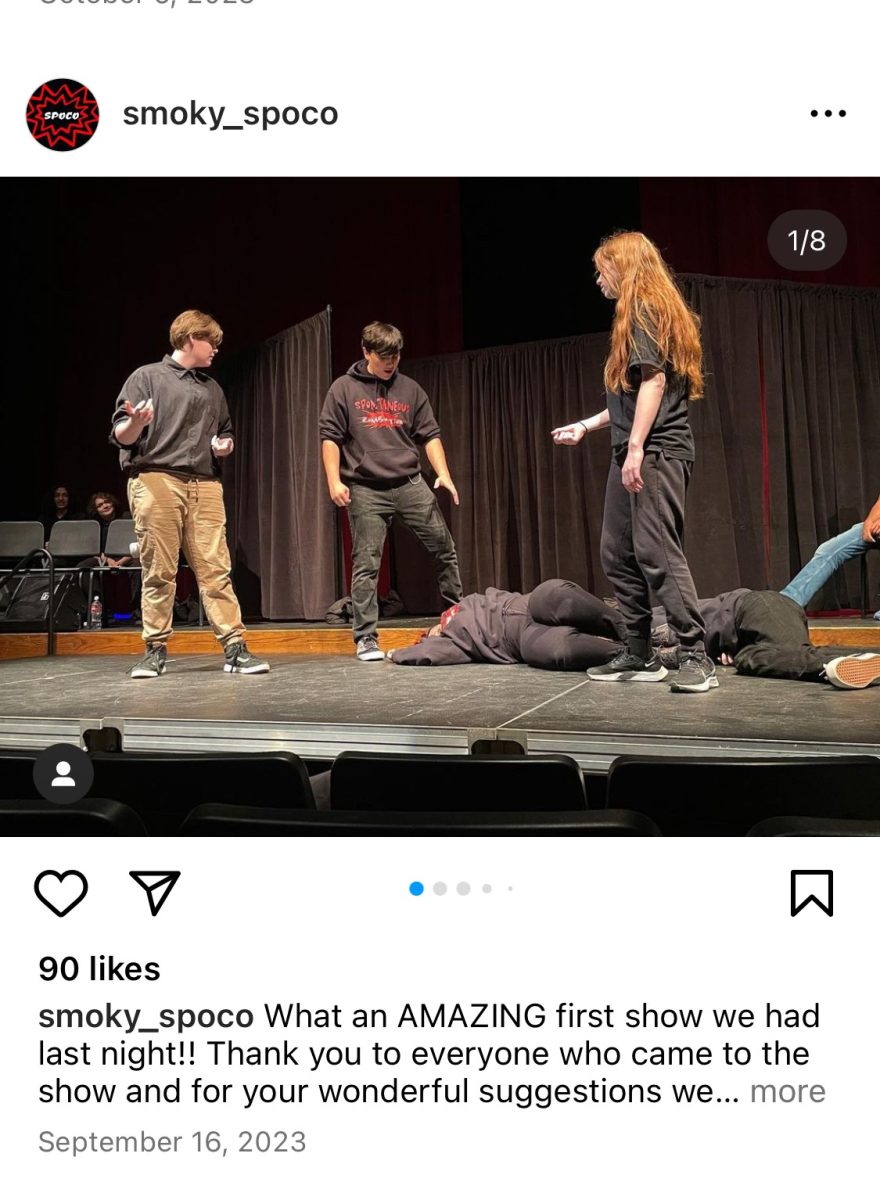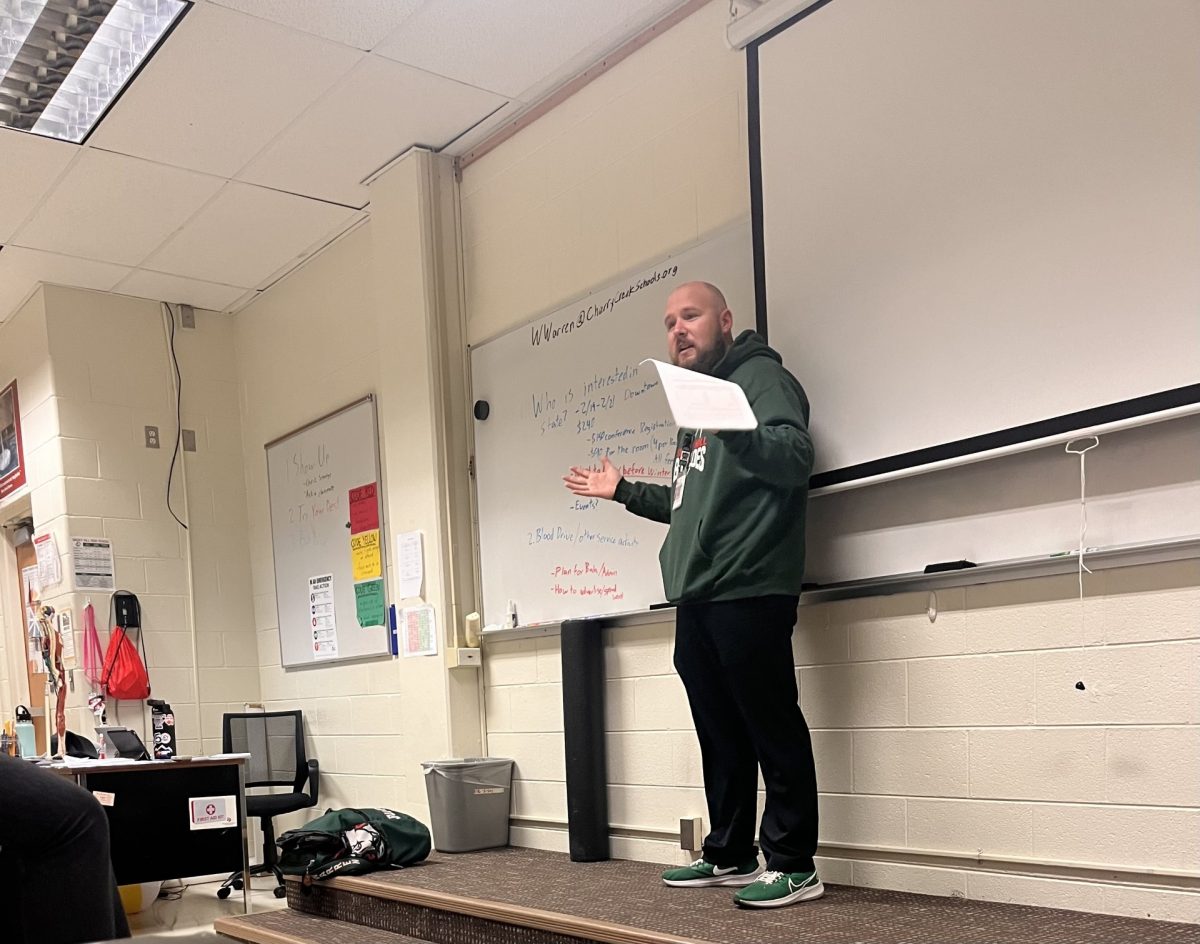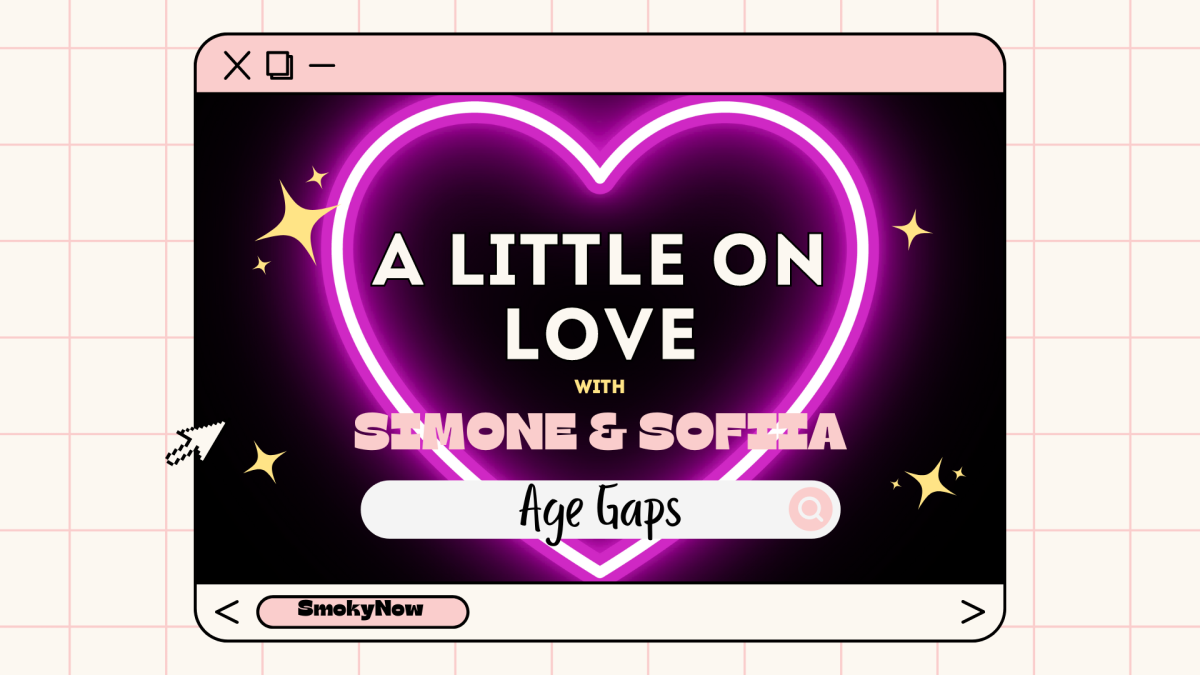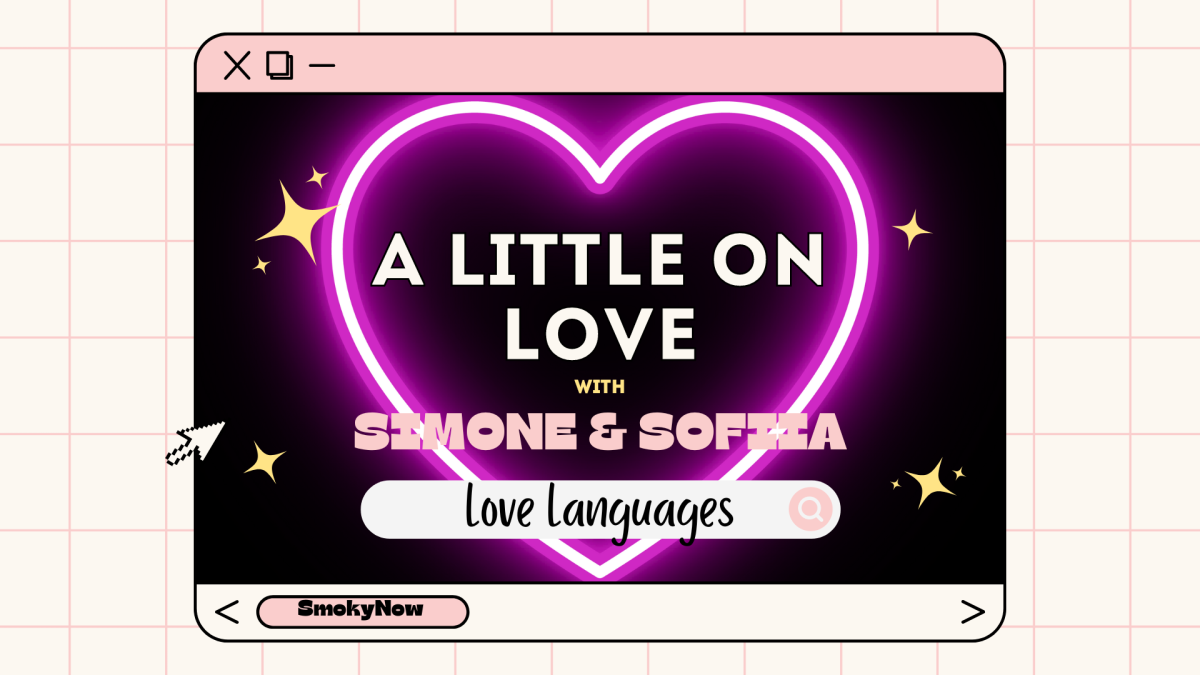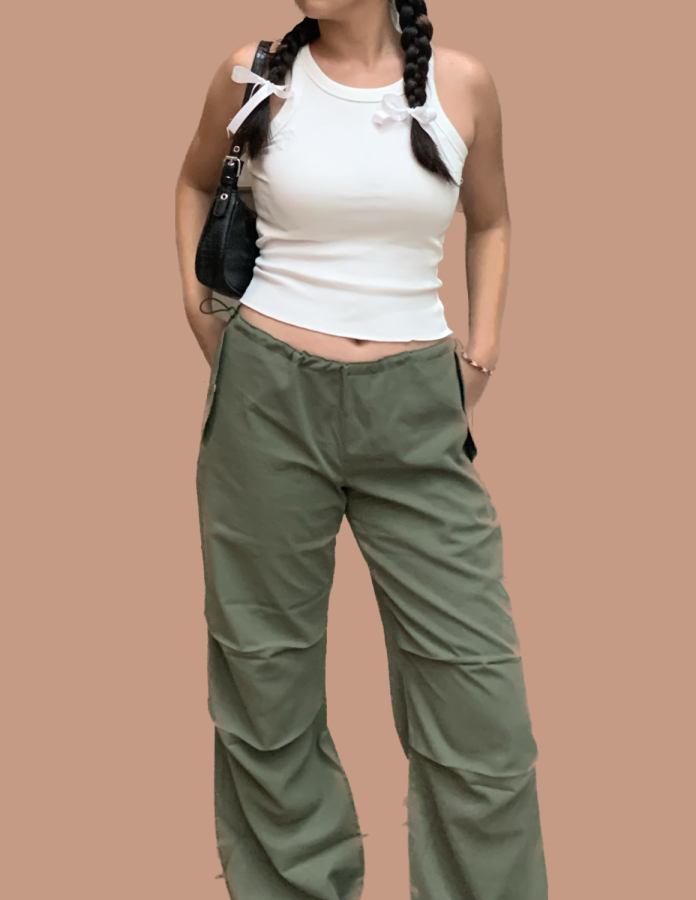Fashion’s Presence in the Community
How is fashion represented in the school building?
November 18, 2022
With seasons changing and temperatures dropping, fashion is also everchanging with visibly more clothes and layers to coincide with the colder weather.
Fashion is everywhere in the school. Different styles and aesthetics are openly represented by all students that walk in and walk out of the building every day.
“I really love the 70s so I like really baggy, loose pants and some like bell bottoms. I’ve also always loved sweater vests,” said Kyla St. Germain (12).
Because the school community is so diverse as a whole, the fashion and clothing are very distinct from it. Some may go all out to enact what they’re feeling that day or what person they are, while others may stick to the basics.
“I’ve just been wearing jeans and a sweatshirt,” said Elena Mabonghot (10).
As style can be so differentiated for each person, different points of view could be brought to the table. For instance, a clothing trend that may be underrated for one individual could be overrated for another.
“I feel like loafers are really underrated,” said Renata Becerra (11).
Fashion is all about self-identity and self-expression. It depicts who you are as a person and what personality or character traits you contain as an individual that make you, you.
In line with Rocky Mountain PBS, fashion is “a language which tells a story about the person who wears it”.
From wearing comfortable gray sweats to a professional suit and tie, many light presumptions could be made about who a person is. Attitudes, behaviors, and/or beliefs are all traits that are specifically catered toward one individual.
“I feel like with clothes you could really express the way that you feel a day or something like that,” said Becerra.
If a person is in more comfortable wear, they could be more relaxed and nonchalant as a character. On the other hand, if somebody is wearing more vibrant and bright colors, they could be classified as outgoing and open.
“It’s [fashion] just something that’s just like a statement. It’s like you’re not necessarily basic, but you don’t go with the herd and it’s just kind of like I wear what I want to wear. It’s not for you. That’s another way of saying it’s an expression. You’re not wearing what you’d like for other people and it’s just for you,” said St. Germain.
Fashion and different styles are interpreted by all students in the building intentionally or even unintentionally. From head to toe, clothes can speak for the person wearing them.



